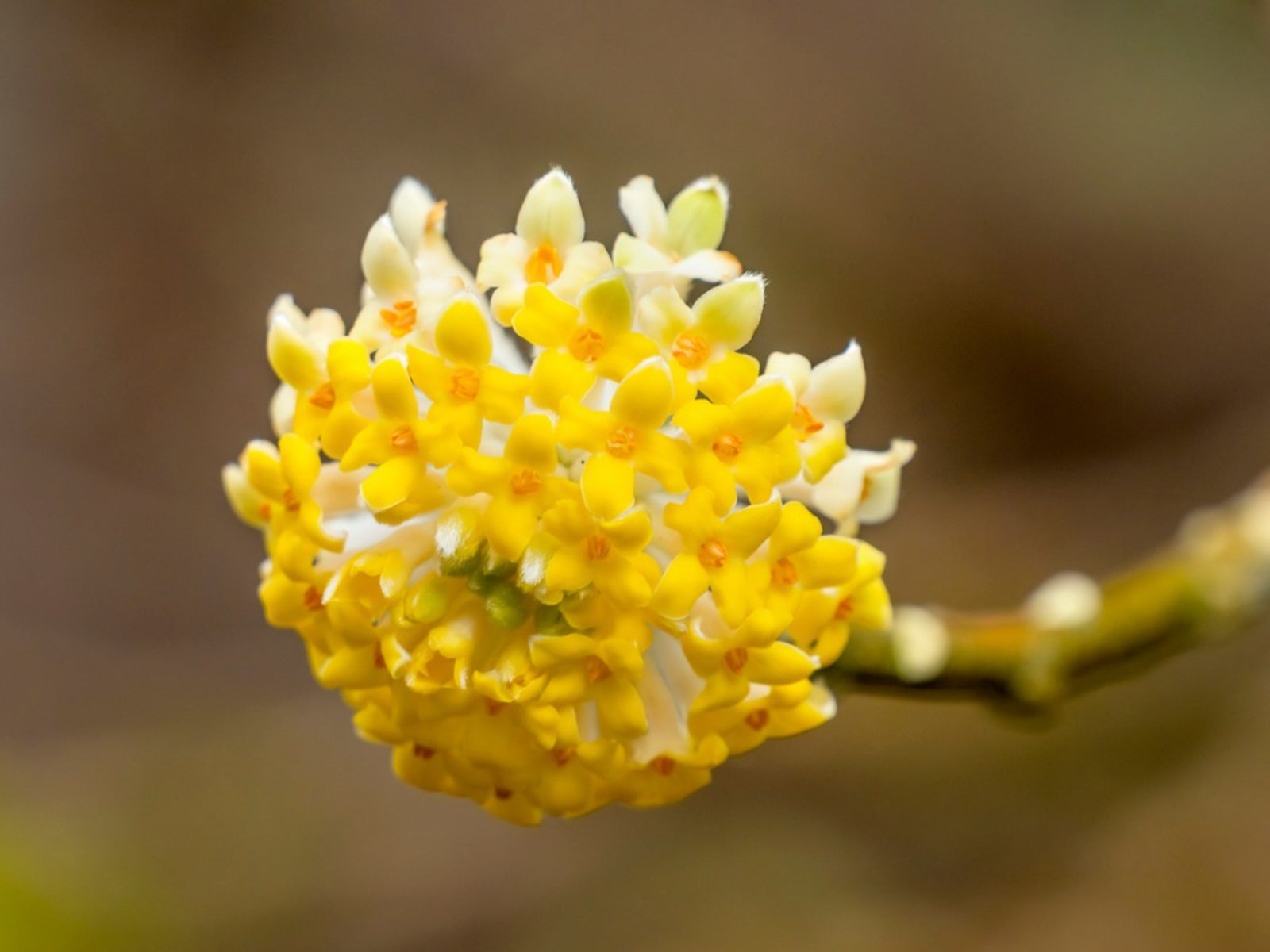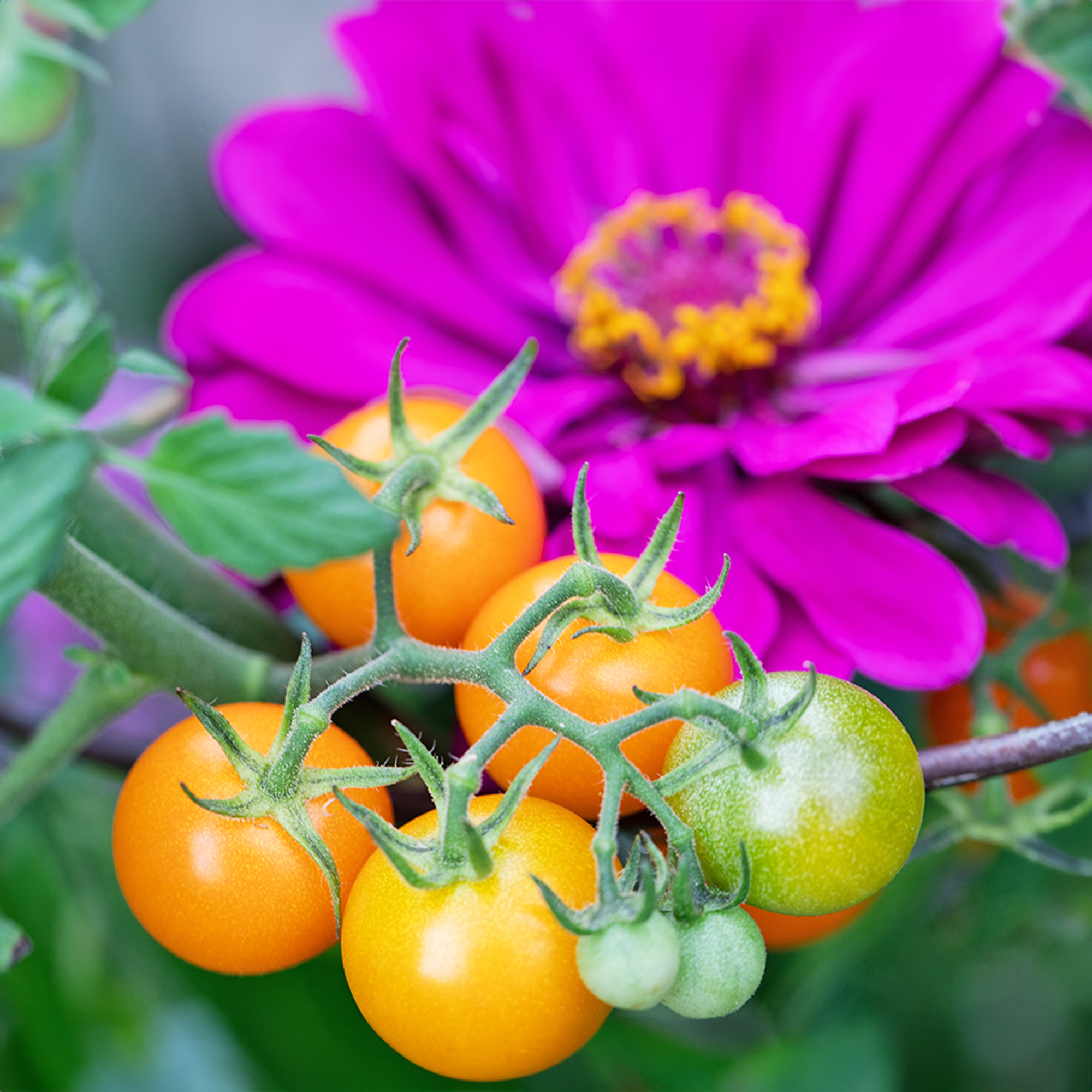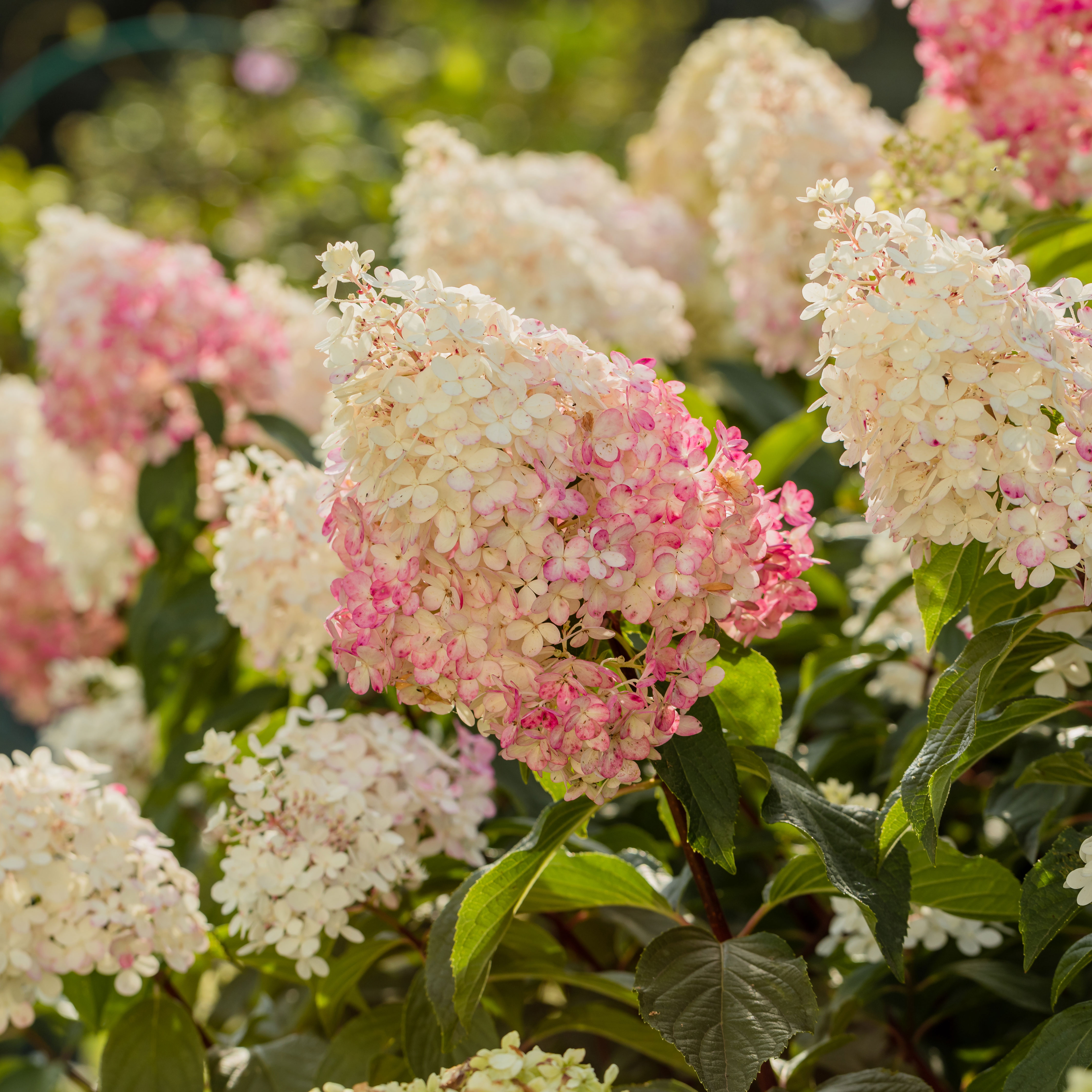Edgeworthia Information: Learn About Paperbush Plant Care


Many gardeners love to discover a new plant for the shade garden. If you aren’t familiar with paperbush (Edgeworthia chrysantha), it’s a fun and unusual flowering shrub. It flowers early in spring, filling the nights with magical fragrance. In summer, the blue-green slender leaves turn Edgeworthia paperbush into a mounding bush. If the idea of planting paperbush is appealing, read on for tips on how to grow a paperbush.
Edgeworthia Information
Paperbush is truly an unusual shrub. If you start growing paperbush, you are in for a lovely ride. The shrub is deciduous, losing its leaves in winter. Even as paperbush leaves are yellowing in fall though, the plant develops large clusters of tubular buds. According to Edgeworthia information, the outside of the bud clusters are coated in white silky hairs. The buds hang on the bare branches all winter, then, in late winter or early spring, open into canary-colored flowers. The Edgeworthia paperbush flowers remain on the bush for three weeks. They exude a powerful perfume in the evening. Soon the long, slender leaves grow in, turning the shrub into a mound of attractive foliage that can grow to 6 feet (2 m.) in each direction. The leaves turn buttery yellow in autumn after the first frost. Interestingly, the shrub gets its name from the bark, which is used in Asia to make high-quality paper.
How to Grow a Paperbush
You’ll be happy to learn that paperbush plant care isn’t difficult. The plants thrive in USDA plant hardiness zones 7 through 9 but may require some winter protection in zone 7. Paperbush appreciates a growing site with organically rich soil and excellent drainage. They also grow best in a very shady location. Paperbush also does okay in full sun as long as it gets generous irrigation. This is not a drought-tolerant plant. Regular irrigation is an important part of paperbush plant care. If you are growing paperbush and do not give the shrub enough to drink, its beautiful, blue-green leaves go limp almost immediately. According to Edgeworthia paperbush information, you can return the plant to healthy status by offering it a good drink.
Gardening tips, videos, info and more delivered right to your inbox!
Sign up for the Gardening Know How newsletter today and receive a free copy of our e-book "How to Grow Delicious Tomatoes".

Teo Spengler is a master gardener and a docent at the San Francisco Botanical Garden, where she hosts public tours. She has studied horticulture and written about nature, trees, plants, and gardening for more than two decades. Her extended family includes some 30 houseplants and hundreds of outdoor plants, including 250 trees, which are her main passion. Spengler currently splits her life between San Francisco and the French Basque Country, though she was raised in Alaska, giving her experience of gardening in a range of climates.
-
 8 Perfect Flowers To Plant With Tomatoes To Boost Yields & Banish Pests
8 Perfect Flowers To Plant With Tomatoes To Boost Yields & Banish PestsDon’t forget flowers when choosing companion plants for your tomato beds or pots. These pretty, fragrant blooms add beauty but are also highly beneficial.
By Mary Ellen Ellis
-
 Want The Longest Lasting Hydrangea Flowers? Grow These 8 Panicle Hydrangea Varieties
Want The Longest Lasting Hydrangea Flowers? Grow These 8 Panicle Hydrangea VarietiesFor ornamental shrubs that deliver the longest flowering seasons with plush blooms and delicate hues, these panicle hydrangea varieties are essential in your yard
By Tonya Barnett